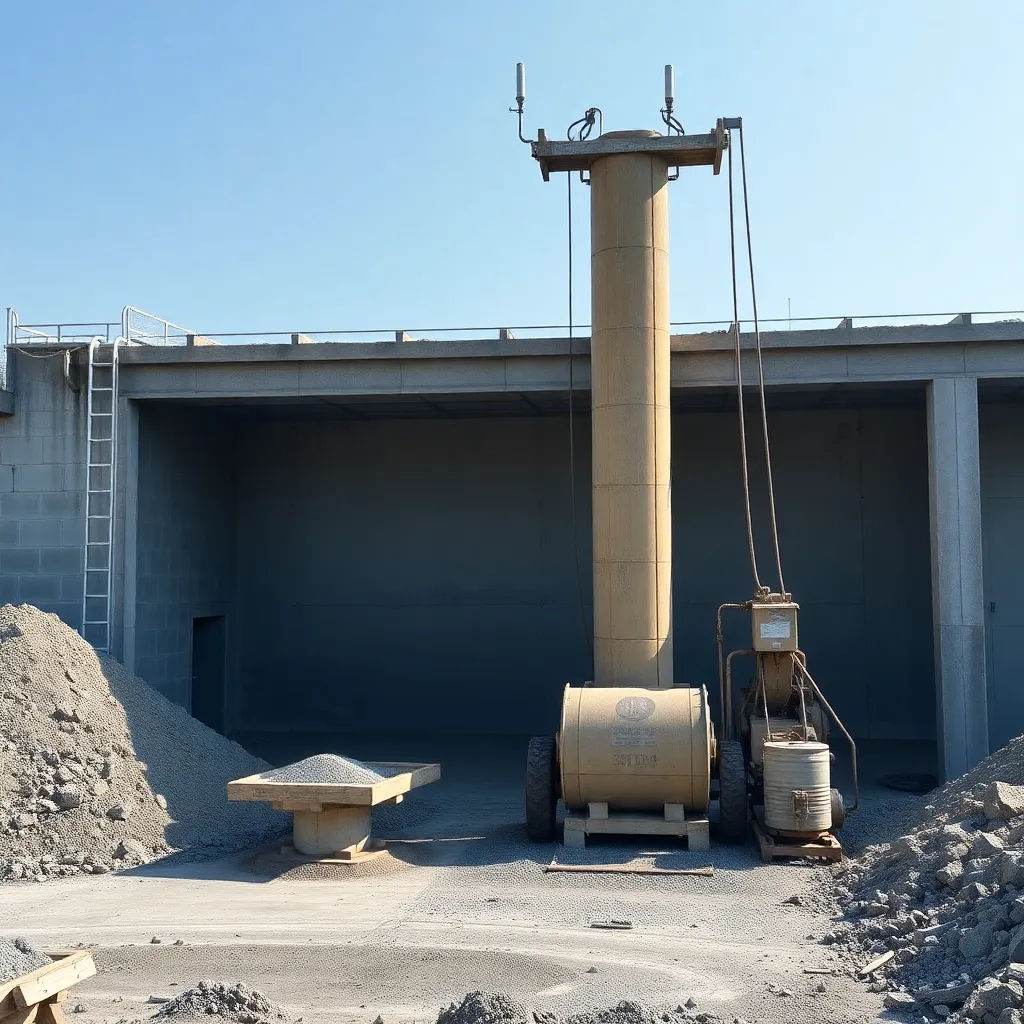
Researchers have discovered a novel way to make concrete more sustainable and eco-friendly – by using waste from sugarcane plants. The study, conducted by a team of scientists from various universities, investigated the potential of Costus lucanius bagasse fiber (CLBF) as a supplementary cementitious material in concrete production. Their findings suggest that this agricultural waste could partially replace traditional cement, reducing the environmental impact of the construction industry while maintaining the strength and durability of concrete. This innovative approach not only promotes a circular economy but also offers a promising solution to the growing global demand for sustainable building materials.
Exploring the Potential of Agricultural Waste
Concrete is one of the most widely used construction materials worldwide, and its production is heavily dependent on the use of footprint’>carbon-intensive process, contributing significantly to global greenhouse gas emissions. To address this issue, researchers have been exploring the potential of using alternative materials, particularly sugarcane industry. Sugarcane is a widely cultivated crop, and its processing generates significant amounts of agricultural waste, including the fibrous residue known as bagasse. Traditionally, this waste has often been burned or dumped, leading to environmental concerns. However, the researchers in this study recognized the potential of CLBF to be repurposed as a sustainable alternative to cement.

Investigating the Impact of CLBF on Concrete Properties
The research team conducted an extensive experimental program to assess the impact of incorporating CLBF into concrete. They prepared concrete samples with varying percentages of CLBF (5-20%) as a replacement for cement, and tested the samples at different water-to-cement (w/c) ratios (0.2, 0.3, and 0.4).
The researchers focused on evaluating the workability, compressive strength, and flexural strength of the CLBF-modified concrete, as well as its water absorption characteristics. They utilized the construction’>sustainable alternative to cement in concrete production. By partially replacing cement with this agricultural waste, the carbon footprint of the construction industry can be reduced, contributing to a more eco-friendly and circular economy.
Furthermore, the researchers highlighted that the use of CLBF in concrete can provide additional benefits beyond environmental sustainability. The unique properties of CLBF, such as its high specific surface area and potential pozzolanic activity, can enhance the overall performance and durability of the concrete, making it a versatile and attractive option for various construction applications.
Paving the Way for a Greener Future
The findings of this study not only showcase the innovative use of agricultural waste in concrete but also have broader implications for the construction industry and beyond. By embracing the potential of materials like CLBF, researchers and practitioners can work towards developing more sustainable and environmentally-friendly building solutions, reducing the industry’s environmental impact and contributing to a greener future.
As the global demand for construction materials continues to grow, the need for innovative and sustainable alternatives becomes increasingly urgent. The successful incorporation of CLBF into concrete production, as demonstrated in this study, offers a promising pathway towards a more sustainable built environment, setting the stage for further advancements in the field of sustainable construction.
Author credit: This article is based on research by Naraindas Bheel, Charles Kennedy, Shahnawaz Zardari, Waleligne Molla Salilew, Abdulrazak H. Almaliki, Omrane Benjeddou.
For More Related Articles Click Here
